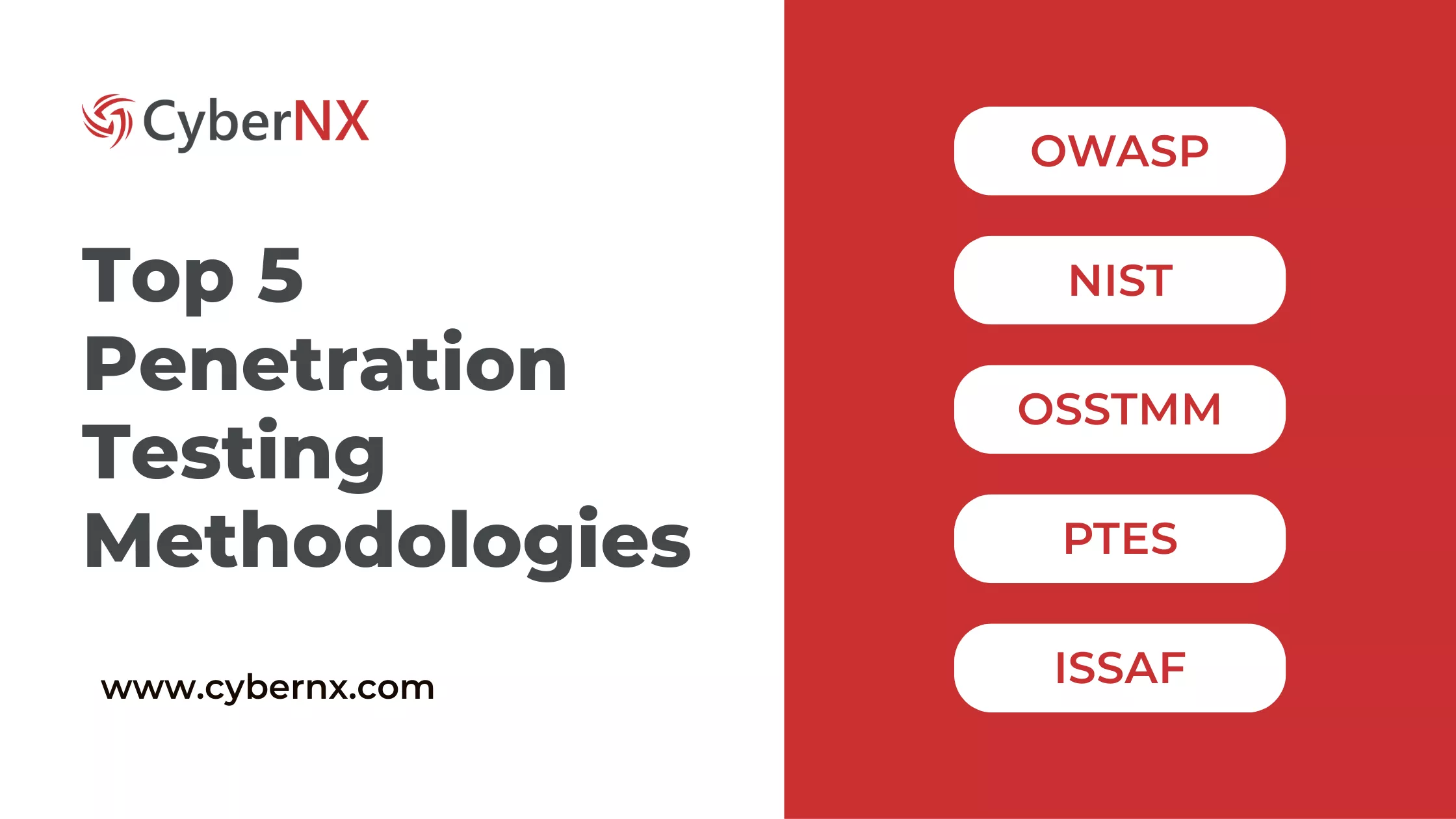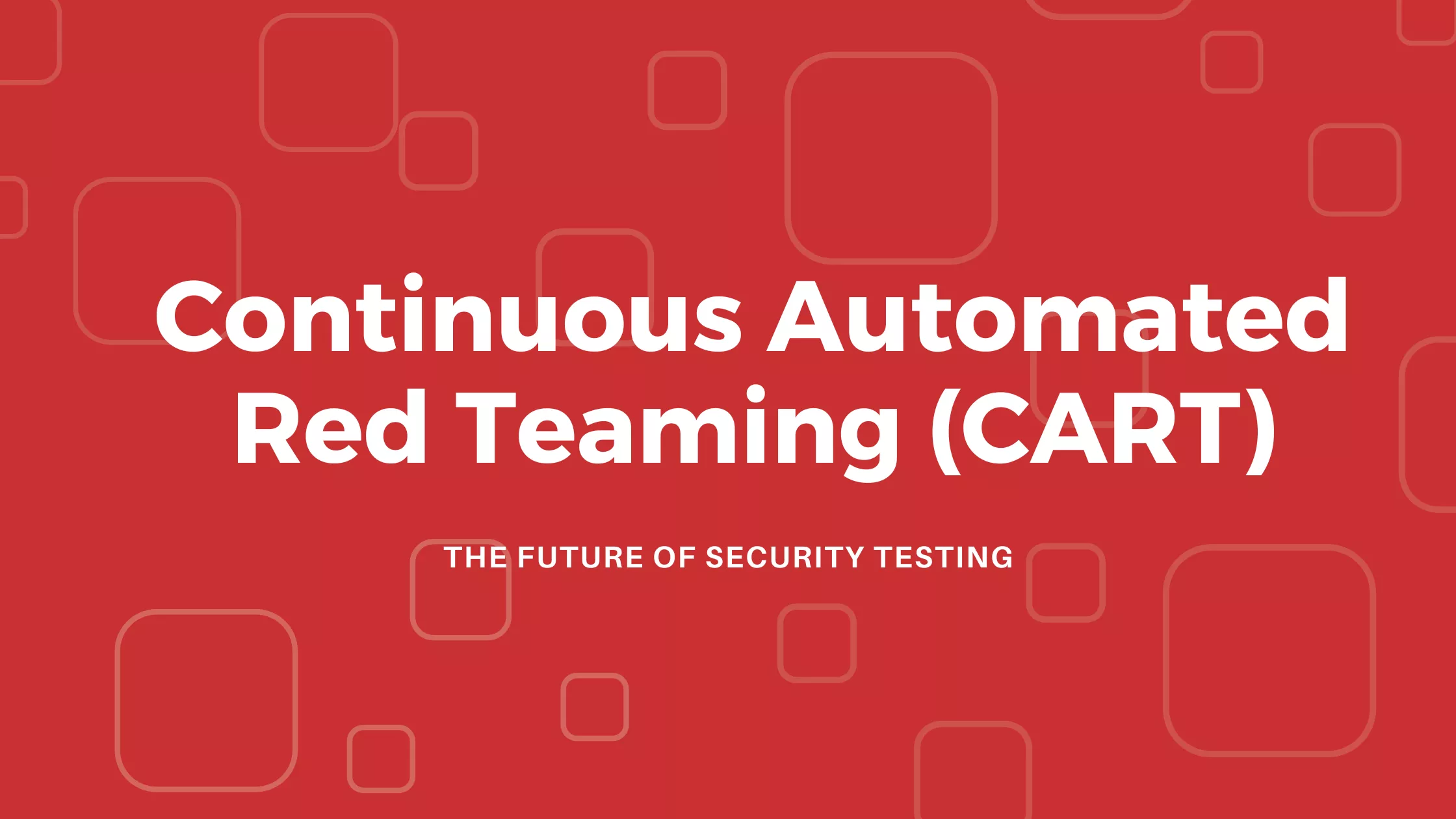
SEBI CSCRF Deadline Extended. Secure Your Organization NOW!
The Securities and Exchange Board of India (SEBI) has recently provided much-needed relief to Regulated Entities (REs) by extending the
Contents
The digital landscape is constantly shifting, with new threats emerging every day. Your cybersecurity defenses might have been strong yesterday, but are they ready for tomorrow’s challenges? Think of your cybersecurity defenses as a bridge. You’ve designed it, built it, and believe it’s strong. But how do you really know it can withstand the weight of a sudden storm, a surge of traffic, or even a deliberate attempt to weaken it?
That’s where red teaming comes in. It’s like a stress test for your digital infrastructure, pushing it to its limits to identify vulnerabilities before a real disaster strikes.
Our comprehensive guide explores the critical role of red teaming in cybersecurity, providing you with the knowledge you need to stay ahead of malicious actors.
Organizations of all sizes face the constant risk of attacks that can cripple operations, damage reputations, and lead to significant financial losses. A reactive approach, waiting for an attack to happen, is no longer sufficient. A proactive approach to cybersecurity is essential, and that’s where this service comes in.
Red team services in cybersecurity is a simulated attack against an organization’s security infrastructure. A team of highly skilled security professionals, known as red teamers, emulates real-world attackers to identify vulnerabilities and weaknesses in the organization’s defenses.
This is the most common type and focuses on vulnerabilities within an organization’s digital infrastructure. It can be further categorized:
This type of teaming focuses on gaining physical access to an organization’s facilities or systems. It can involve:
This approach combines elements of both digital and physical red teaming. For example, a red team might attempt to gain physical access to a building to then access the internal network.
This isn’t a type of red teaming in the same way as the others, but rather a methodology. It involves ongoing, proactive security testing that simulates real-world attack scenarios to identify vulnerabilities in a continuous manner. This contrasts with traditional, one-time red team assessments. This type of teaming often leverages automation and specialized tools to maintain a persistent state of security assessment.
It’s important to remember that red team services is not a one-size-fits-all solution. The type of red teaming that’s right for your organization will depend on your specific needs and circumstances. Often, a combination of different approaches can be the most effective way to strengthen your overall security posture.
The importance of red teaming stems from the ever-evolving nature of cyber threats.
This phase involves the actual simulated attack, where red teamers deploy a variety of techniques to attempt to breach the organization’s defenses. A typical attack chain within the red teaming process involves the following steps:
This process ensures a thorough, realistic assessment of an organization’s defenses, helping to identify weaknesses and improve overall security resilience.
Red teams employ a variety of tactics, including:
Red teaming tools are essential for effectively conducting simulated attacks. These tools help red teamers gather information, exploit vulnerabilities, and maintain access during engagements. Popular tools include network scanners like Nmap, exploit frameworks like Metasploit, and post-exploitation tools like Meterpreter.
These tools help red teamers gather information about the target organization and its systems, a crucial first step in any attack simulation.
Once vulnerabilities are identified, exploitation tools are used to attempt to gain unauthorized access.
After gaining initial access, these tools help red teamers maintain access, escalate privileges, and move laterally within the network.
These tools facilitate social engineering attacks, which manipulate individuals into divulging sensitive information or performing actions that compromise security.
These tools are used to assess the security of wireless networks.
For physical red teaming engagements, these tools might be necessary.
These frameworks allow red teamers to maintain persistent access to compromised systems and control them remotely.
These tools help red teamers document their findings and create comprehensive reports for the client.
While both red teaming and penetration testing involve assessing an organization’s cybersecurity defenses, they differ significantly in their approach. Red teaming vs penetration testing typically sees penetration testing focus on identifying specific vulnerabilities in systems or applications. In contrast, red teaming takes a broader approach, simulating real-world attacks and employing a range of tactics to assess the overall security posture of an organization. The goal of red teaming is not only to identify vulnerabilities but also to understand how attackers could exploit them across multiple layers of an organization’s defenses.
When comparing red teaming vs blue teaming, the key distinction lies in their roles within an organization’s cybersecurity framework. Red teams simulate realistic attacks, using a variety of tactics to test the organization’s defenses and response strategies. Meanwhile, blue teams defend against these simulated attacks, focusing on detection, prevention, and response. Both teams play complementary roles in strengthening cybersecurity, with red teams identifying weaknesses and blue teams improving and reinforcing the defense mechanisms to withstand real-world threats.
Ethical hacking, also known as white hat hacking, involves authorized security testing to identify vulnerabilities and weaknesses in a system. Ethical hackers are typically hired to focus on specific weaknesses in a controlled environment. On the other hand, red team hacking takes a more comprehensive, adversarial approach by simulating real-world, sophisticated cyber-attacks. Red team hackers assess an organization’s defenses across multiple attack vectors, including technical, physical, and social engineering methods.
While ethical hacking aims to identify vulnerabilities, red team hacking goes further by testing the organization’s entire security posture, including how effectively it can respond to and mitigate attacks. Both ethical hacking and red teaming work toward the same goal of improving security, but red teaming provides a more in-depth evaluation, simulating complex attacks and testing organizational resilience in real-world scenarios.
Red teaming is a crucial element of any robust cybersecurity strategy. By simulating real-world attacks, organizations can proactively identify vulnerabilities, strengthen their defenses, and improve their overall security posture.
CyberNX’s Red team services offer more than just vulnerability assessments; we act as your trusted partner, working closely with you to understand your unique business risks and tailor our approach accordingly. Our holistic methodology combines deep technical expertise with a sharp focus on your specific needs. Partner with CyberNX, your trusted red teaming solutions provider, and gain the confidence you need to face today’s cyber threats.
1. Is Red Teaming and Ethical Hacking the Same Thing?
Ans: No, red teaming and ethical hacking are not the same. Ethical hacking is a broad term that involves testing systems for vulnerabilities with permission. On the other hand, is a more comprehensive approach where security experts simulate real-world attacks to test an organization’s entire defense system, including people, processes, and technology.
2. What are the risks of red teaming?
Ans: The risks of this service include potential disruption to business operations, accidental exposure of sensitive data, or uncovering unknown vulnerabilities. However, these risks can be minimized with proper planning, clear guidelines, and communication to ensure the test is controlled and safe.
3. What is the purpose of red teaming?
Ans: The purpose of red teaming is to find weaknesses in an organization’s security by simulating real-world attacks. It helps improve defenses by identifying vulnerabilities before actual attackers can exploit them.
4. What is continuous red teaming?
Ans: Continuous red teaming is an ongoing approach to testing an organization’s security. Unlike other types of red teaming that are one-time assessments, continuous red teaming regularly simulates attacks to identify vulnerabilities and improve security over time.
5. How much does a red team exercise cost?
Ans: The cost of a red team exercise in cybersecurity depends on factors such as the size of your organization, the complexity of your IT infrastructure, and the scope of the assessment. Typically, it can range from a few thousand to tens of thousands of dollars, based on the specific requirements.
6. Is Red Teaming only for large enterprises?
Ans: No, it is not just for large enterprises. Any organization, regardless of size, can benefit from it. It helps identify security weaknesses and improve defenses, which is important for businesses of all sizes.
7. Is Red Teaming legal, and what compliance frameworks apply?
Ans: Yes, it is legal when conducted within agreed boundaries. It follows a framework that ensures ethical practices and legal compliance. Common frameworks that apply include PCI DSS, HIPAA, and NIST, which often recommend red teaming to strengthen security.
8. How often should an organization conduct Red Teaming?
Ans: An organization should conduct red teaming at least once a year. However, high-risk industries or those with frequent system changes may benefit from more frequent assessments, such as every six months or quarterly, to maintain strong security defenses.
Share on
RESOURCES

The Securities and Exchange Board of India (SEBI) has recently provided much-needed relief to Regulated Entities (REs) by extending the

Cyberattacks are a constant threat. But what if you could fight fire with fire? Penetration testing methodologies are the tools

In the fast-paced world of cybersecurity, staying ahead of evolving threats requires more than just reactive measures. CISOs, CXOs, and
RESOURCES
Cyber Security Knowledge Hub
Copyright © 2025 CyberNX | All Rights Reserved | Terms and Conditions | Privacy Policy